The legacy of
Gaunts House
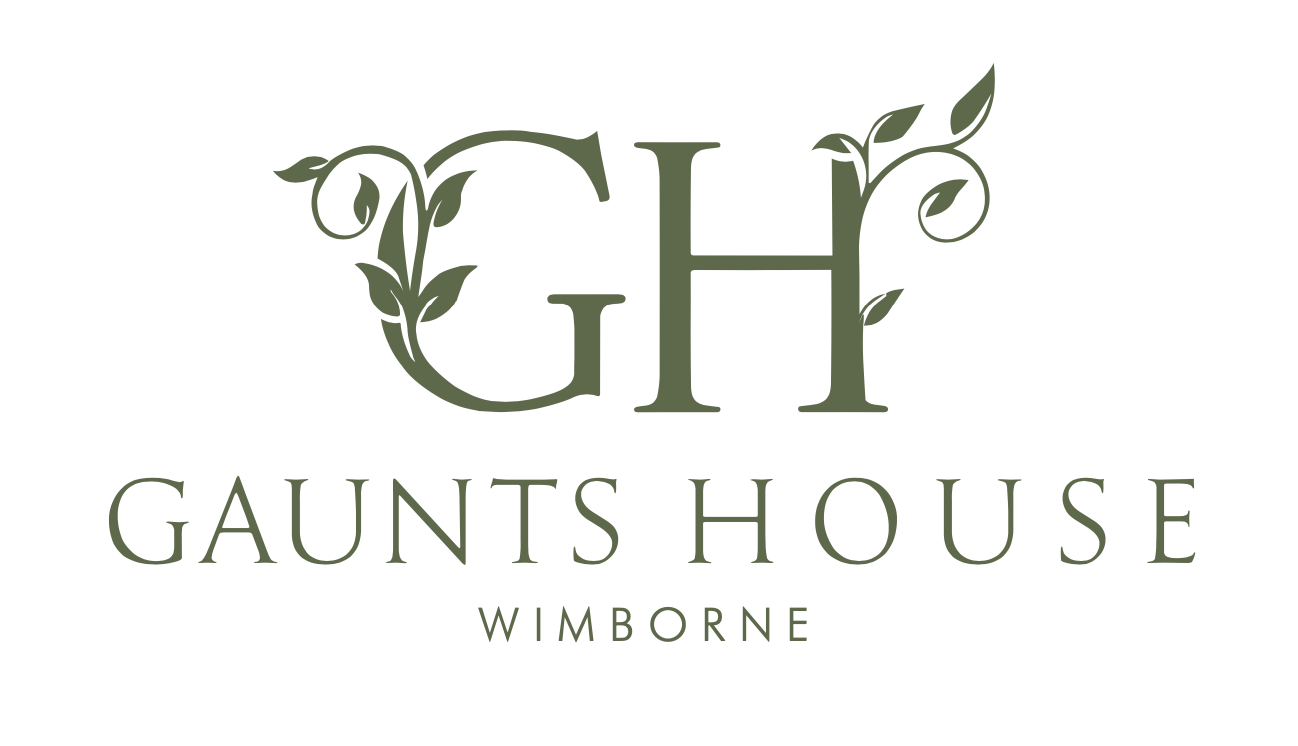
Glyns descend from Cilmin Troed Ddu, (Cilmin with a black leg), of Glynnlivon, Caernarvonshire, North Wales, born around 820, chief of the fourth noble tribe of Wales. Cilmin’s father Cadrod Hardd shared an illustrious pedigree with his brother King Merfyn Frych of Gwynedd and Powys. Cilmin’s grandfather Gwriad, who married Esyllt, daughter and heiress of Cynan Dindaethwy, King of the Britons, had been the last Celtic King of the Isle of Man, whence perhaps the black-leg originates, (see the legend of the Cyclops and his book of spells); himself descended directly from kings and princes of ancient Cumbria and Strathclyde, Old King Cole (Coel Hen), and Merlin the Great.
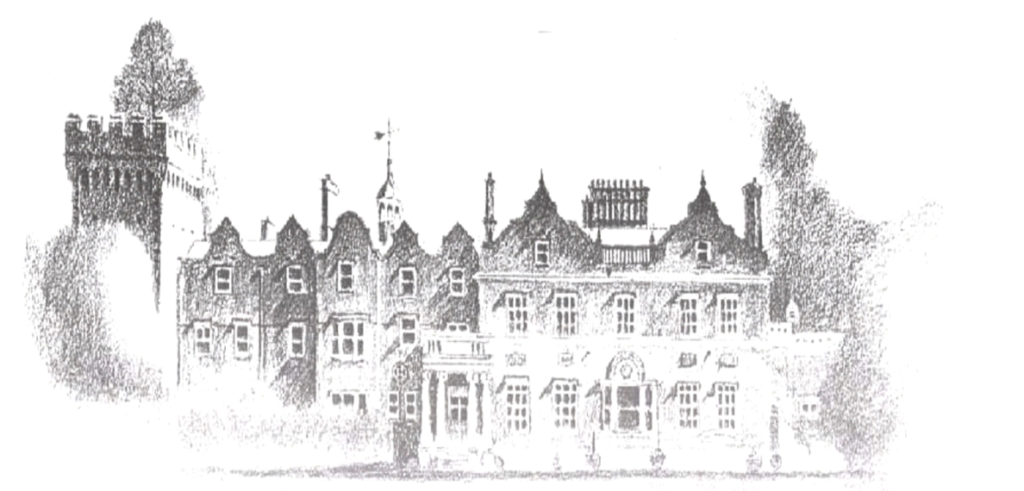
A Journey Through Time
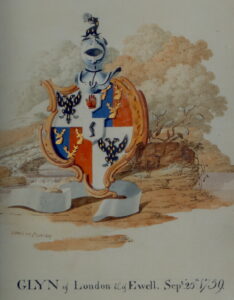
Glyn coat of arms

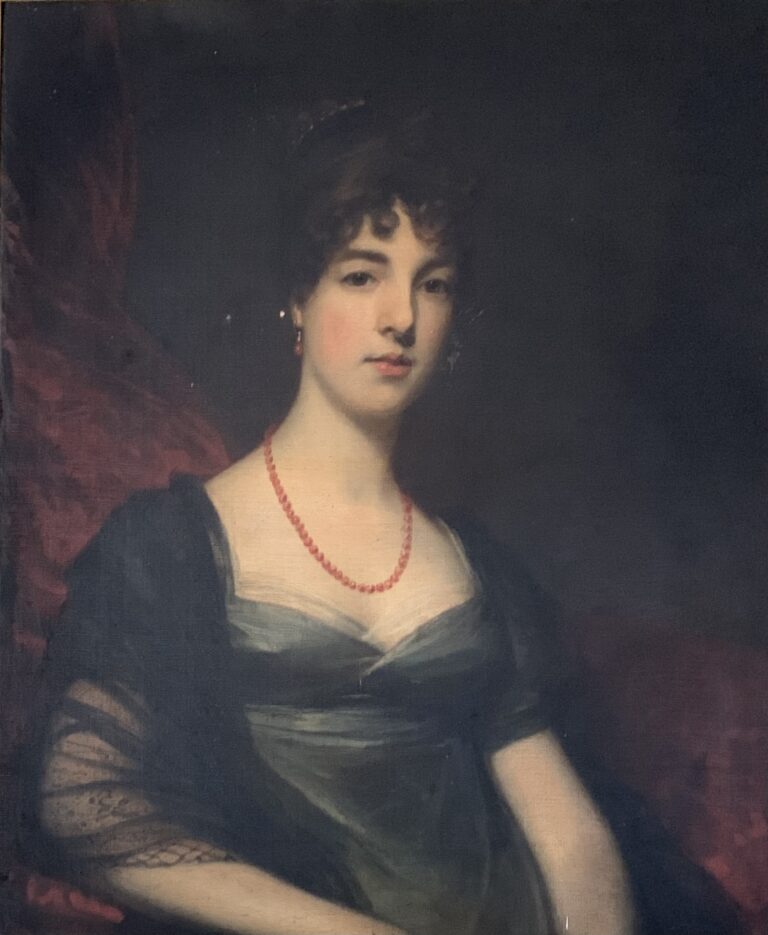
4004BC

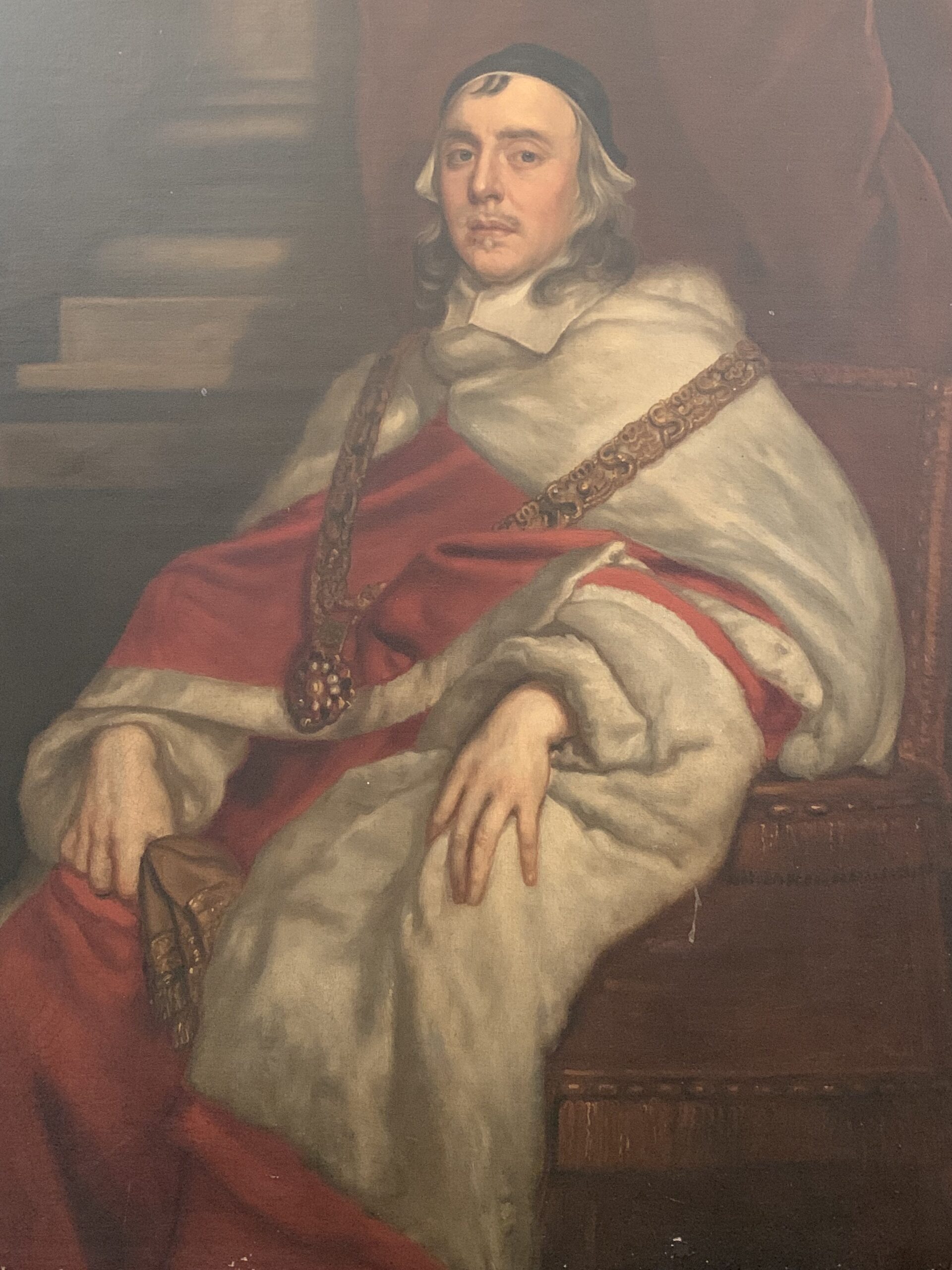
A move to England

The Birth of Gaunts House
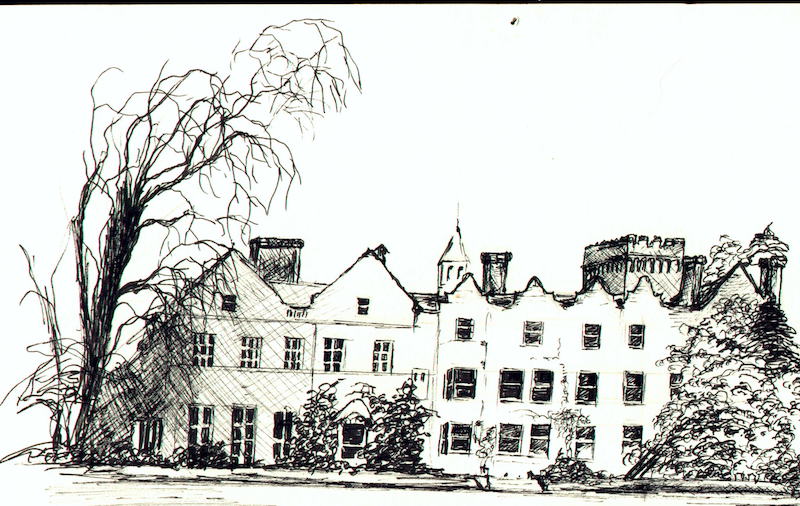
The Dorset Estates

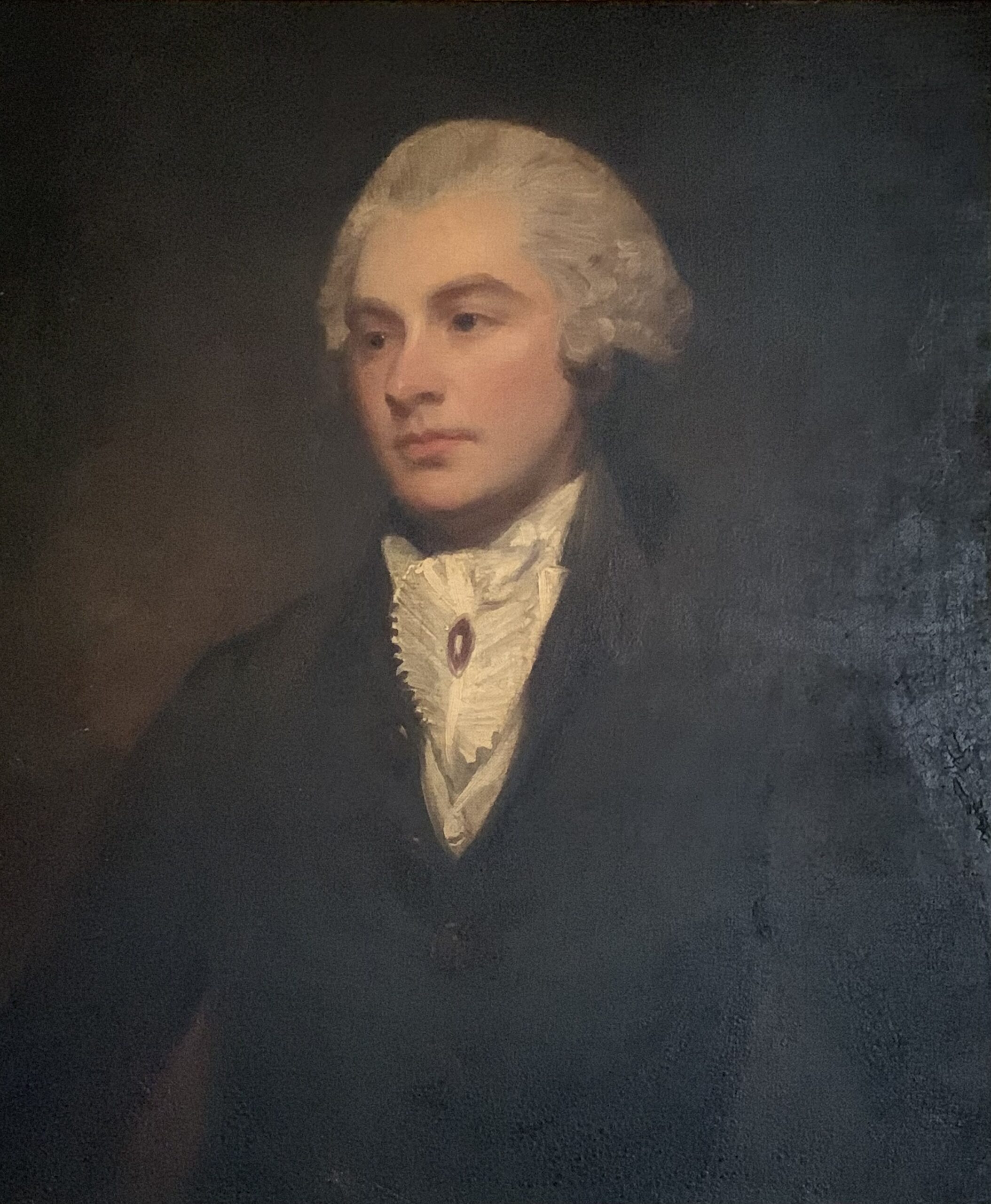
Sir Richard Carr Glyn

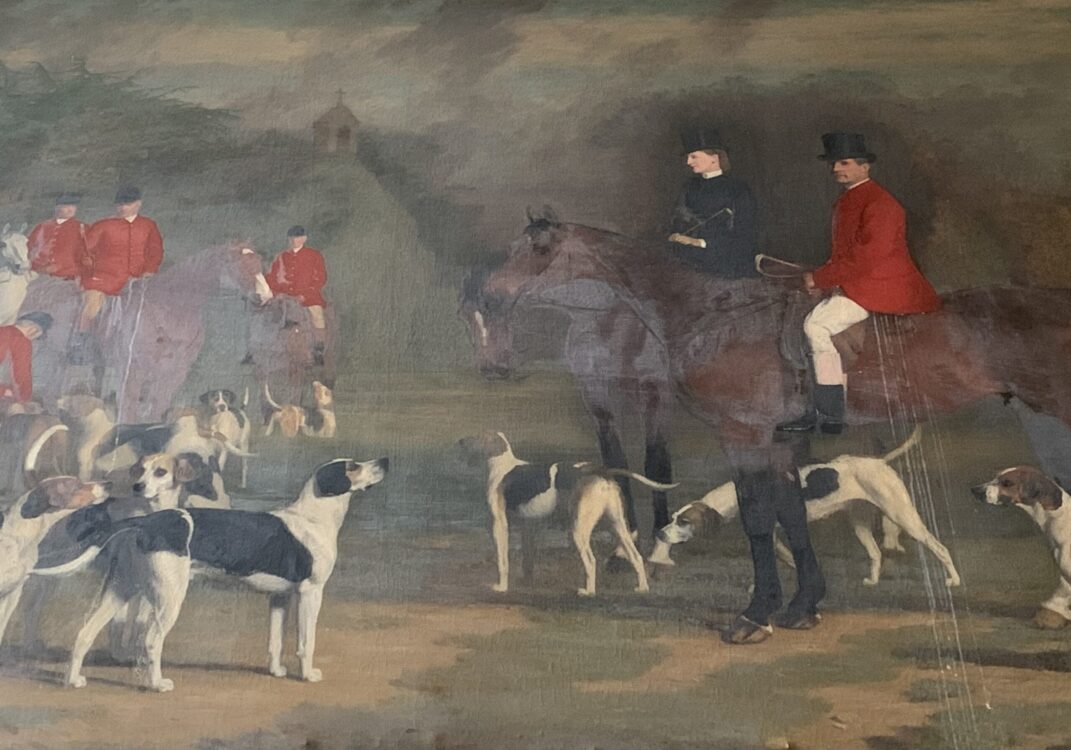
Sir Richard George Glyn

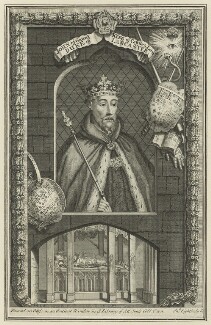
John Of Gaunt

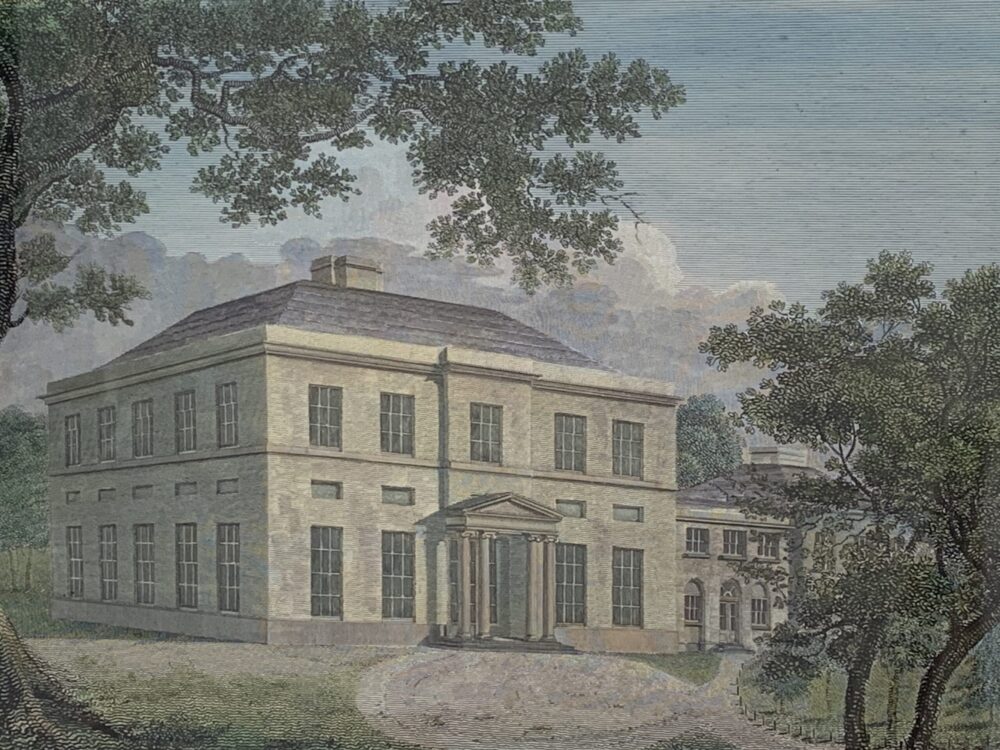
Gaunts House

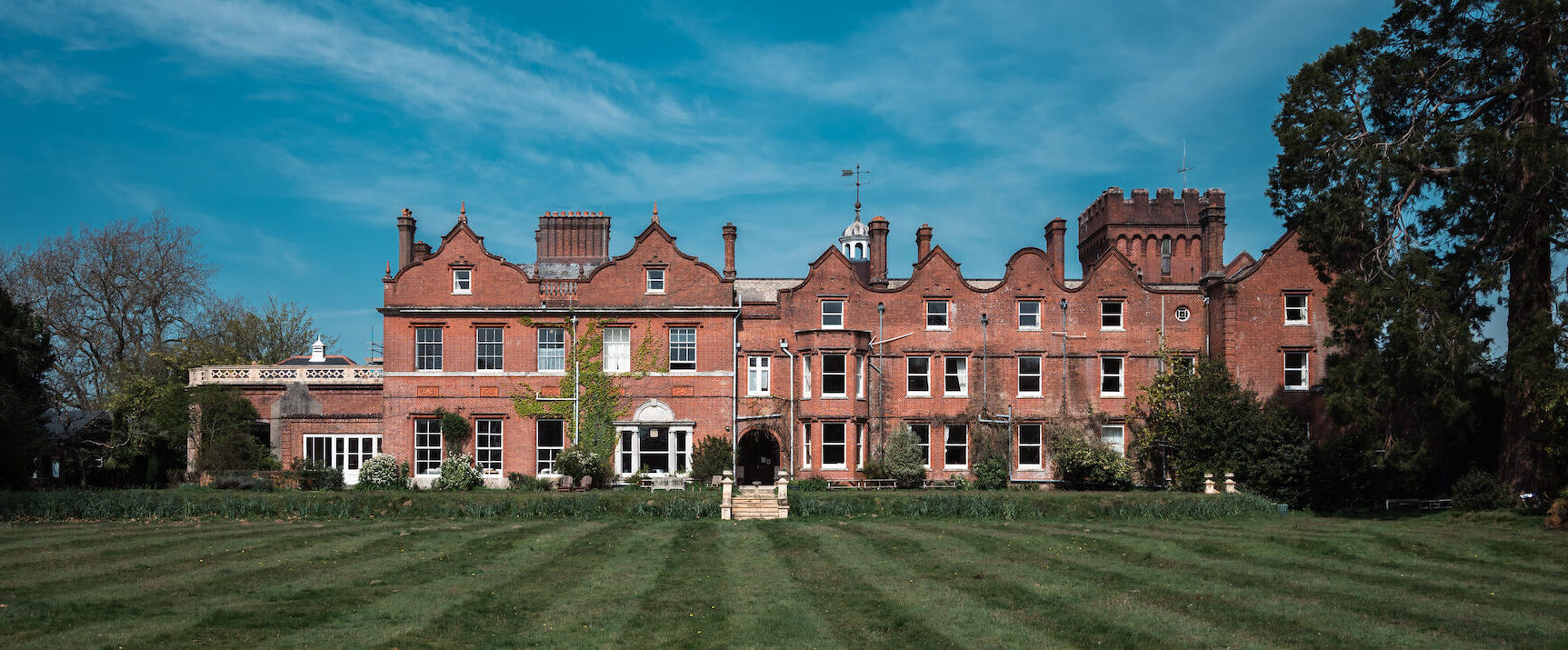
Gaunts Estate

Into the modern day
A Potted History.
Gaunts started in 1988 as an alternative adult college, growing out of the exceptional High Lea school, founded on the estate for primary-age school in 1982. Our immediate purposes were to assist parents and school teachers from far and wide, and to help people ‘see’ that the critical problems developing on the planet were found in our own honesty compromises. The ground of our work is found in a mix of ‘right education’, free spirituality, and healthy alternative opportunities, the Charter being our guide.
The community grew slowly at first, then burgeoned. Our four-stage in-house Foundation and Management Training started early on, and morphed additionally into the School for Profound Inner Learning. We opened a second centre, then a third and fourth in quick time, housing members all over the estate, and overstretching ourselves. By the time the educational charity was registered in 1995, the founder, a single-parent, had become dangerously exhausted, and obliged to take an eight month sabbatical. Just as had happened at the little school, (83 pupils), the core group, which should have been strong enough to continue, caved-in to waves of newcomers who, at Gaunts, saw the community and campus as a playground for their own fantasy-tripping, at first overwhelming then accommodating the old hands. It ended in tragedy, shattering all, and closure; re-starting shakily anew six months later, and slowly rebuilt.
What had become obvious and imperative all along was that Gaunts and its members needed a profound spiritual foundation, but that could only be ‘free’, meaning that each member needed to be helped to progress their own spirituality on which to found their lives. By association, that meant that Gaunts needed to recognise its own mores in regular and free practice. We started ‘Open Conversations’ inviting excellent people from all over to join the weeks, following sensible guidelines, which were very successful, and led to the ‘Let’s Get Britain Talking’ initiative, which developed fast before falling gut-emptying foul of its acronym – LGBT !
If the last ten years have not been easy – the charity folded after Covid – it’s been the same or worse for so many, but for fat-cats who are the problem. We have survived and produced extensive plans for a ‘Youth Initiative’ to train young people practically and philosophically to build safe and sound lives, and latterly, more imperatively, to surf the inevitably approaching planetary cataclysms; our abandoned AD is coming on stream; and we plan to implement a new ‘Food Culture’ and other sustainable whole of life interests.
Over Gaunts’ 35 years, hundreds of thousands of people from around the world have come to visit and stay for all sorts of courses and retreats; many of the world’s most notable teachers have taught here; we have saved several lives, pioneered ‘Conversations’ and ‘Summer Gatherings’ now aped by thousands around the world, and produced many books, booklets and treatises, of which 16 or so remain relevant. Downsides are that Gaunts finds itself in one of the most ‘conservative’ areas of the world; and the founder is now in his 80th year and grumpy, no longer able to offer much help managerially or instructionally. Blessedly, a couple of handfuls of Good People, most of whom have known and been a part of Gaunts for decades, remain here cheerfully, and it is to their goodwill the future of Gaunts is entrusted.
